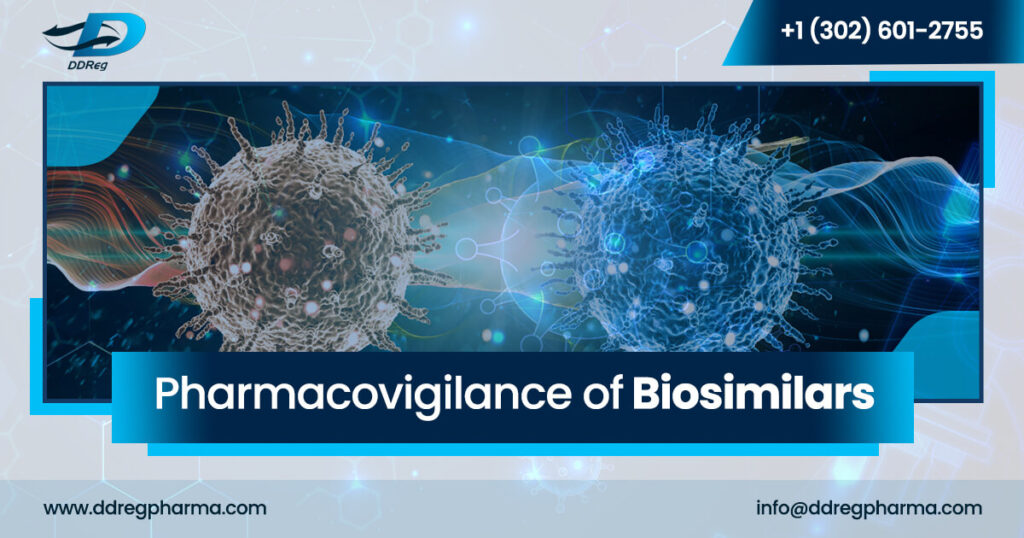The Eprex®-pure red cell aplasia case of 1998 engendered the understanding the perhaps the safety associated with biosimilars cannot be extrapolated from the innovator medicine as in the case of generics. Although generics and biosimilars are similar in the manner that they are both permitted for marketing only after expiry of the patent of the original drug, they are entirely different in terms of complexity of the drug and its development. Generic drugs are simple molecules with definite small structure that is easy to characterize and replicate. On the other hand, biosimilars are huge in size and are involved with may post-transcriptional modifications that makes its structural and functional characterization a challenge.
Development of a generics require simple bioequivalence clinical studies but extensive non-clinical and clinical comparative trials are necessary to ensure efficacy and safety of biosimilar. Regulatory authorities provide specific scientific guidelines and tailored scientific advice to the industry to support the multifaceted development of biosimilars. Despite such intensive testing, the safety profile of a biosimilar is not the same as that of the innovator. Safety issues regarding a biosimilar may occur during different stages of development, particularly after clinical trial phases, as a result of complexities in biosimilar structure and manufacturing processes. Therefore, stringent post-market surveillance and post-approval studies may be needed. Furthermore, a comprehensive PV approach in collecting comparable safety data for biosimilars and their innovator product could contribute towards wider acceptance.
Pre-marketing safety requirements
1) Labelling and nomenclature
Once on the market, all drugs must be appropriately monitored, to check their efficacy and safety under real clinical conditions. Some small molecules are associated with risks and are hence subjected to “additional monitoring” in EU. The generic copies of these small molecules are also obligated to carry out additional monitoring. While this provision is limited to only some drug products, all biosimilars are subjected to additional monitoring. The labelling text of all biosimilars carry an inverted black triangle mark (▼) on their package insert followed by the statement “This medicinal product is subject to additional monitoring [1].
Thus, an inverted black triangle mark on package inserts could be translated by the users as particular safety concerns associated with the generic product, it is not necessarily true for a biosimilar.
Consequently, in the USA, The generic name is the name of active ingredient of the drug and remains the same for the innovator too; however, the name of biosimilar must be distinguished from the innovator by an FDA-designated suffix. The name of the active drug of the biosimilar is followed by a hyphen and random four alphabets [2].
1) Lack of efficacy/immunogenicity
Antibodies generated against the biosimilar drug leads to an increased clearance of the drug from blood stream affecting its pharmacokinetic and efficacy profile. Though an immunogenic reaction is very rare, it may occur if the drug is exposed in a wider population. The immunogenic response may not necessarily arise at the start of the treatment but can be provoked any time during therapy.
Several factors can trigger an immune response against biosimilar such as age, pediatric patients, geriatric patients, concomitant drugs and comorbidities, altered immune system, treatment schedule, product characteristics, or changes in manufacturing and transportation.
Thus, antibody screening at the time of initiation and at constant intervals during treatment is recommended for biosimilars. Healthcare professionals should be educated to monitor and adequately report any immunogenicity or lack of efficacy cases noted in patients. Such additional monitoring is not a requirement for generics as immunogenicity is not a concern with small synthetic molecules.
Immunogenicity may be related to inadequate storage temperatures that occur during transportation- from the manufacturer till the end user. Fluctuations in temperature could result in changes in the structure, impurities development that were previously not identified could affect the stability of the solution. This is often concealed until lack of efficacy or immunogenicity cases are reported post marketing. Biosimilars which are marketed in solution form carry an advisory statement to not use the product if the solution is cloudy in their package inserts. Except for sterile dosage forms, these attributes are not a major concern when it comes to generics.
4) Post Marketing Aggregate report
MAHs are often exempted from submitting PSURs for generic products under certain circumstances. However, this is not the case for biosimilars as. patient exposure is of prime focus when it comes to biosimilars. This is because it provides additional safety information from when used in a wider population.. Additionally, rare adverse events not reported in by the innovators may be reported for biosimilars. This in turn would translate to signal detection and management activities that are almost never associated with generic products. Further, a minor change in manufacturing process could have a significant impact on the safety profile of a biosimilar and this impact also should be given thorough consideration while discussing the risk-benefit profile of the biosimilar. This could lead to changes in the RMP and RMM. Depending on the impact, the cycle of submission of post marketing aggregate report may not follow the harmonized schedule across the reference biological product or other biosimilars.
Biosimilars are much more complex in structure, function, and manufacturing processes compared to generic molecules. They are also associated with greater immunogenicity and lack of efficacy which could significantly contribute towards patient harm. Hence, PV approaches towards biosimilars are more stringent than for generics. These are supported by robust PV framework and guidelines.
References and Further Reading

